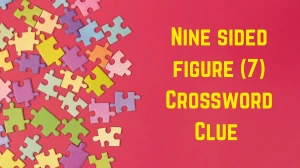Dot on a Domino - PIP: Complete Guide to Domino Spots and Terminology
What is a Pip on a Domino?
A pip is the correct term for each individual dot on a domino tile. These small circular markings represent numerical values and are fundamental to all domino games. Each pip serves as a counting unit, with domino tiles typically featuring anywhere from zero pips (blank) to six pips per half in standard sets.
Understanding Domino Pip Patterns and Values
Standard Pip Arrangements
Domino pips follow specific geometric patterns that make them instantly recognizable and easy to count. The arrangement of dots on each half of a domino tile corresponds to traditional dice patterns, ensuring consistency across different manufacturers and game variations.
Pip Counting and Scoring
Each pip represents one point in most domino scoring systems. Players count pips to determine tile values, calculate scores, and make strategic decisions during gameplay. The total pip count varies depending on the domino set size, with double-six sets containing 168 total pips.
Types of Domino Sets by Pip Count
Double-Six Dominoes (Most Common)
- Maximum pips per half: 6 pips
- Total tiles in set: 28 pieces
- Pip range: 0-6 on each half
- Total pip count: 168 pips across entire set
Double-Nine Dominoes (Extended Play)
- Maximum pips per half: 9 pips
- Total tiles in set: 55 pieces
- Pip range: 0-9 on each half
- Applications: Longer games, more players
Dot on a domino NYT Mini - FAQs
Q: Why are domino dots called pips?
The term "pip" comes from the small seed-like appearance of the dots, similar to fruit seeds or small spots.
Q: How many pips are on a standard domino set?
A double-six domino set contains 168 total pips across all 28 tiles.
Q: Can dominoes have different pip colors?
Yes, modern dominoes often feature colored pips for easier identification or accessibility purposes.
Q: What's the difference between pips and spots?
"Pips" is the technical gaming term, while "spots" or "dots" are common informal terms for the same markings.






